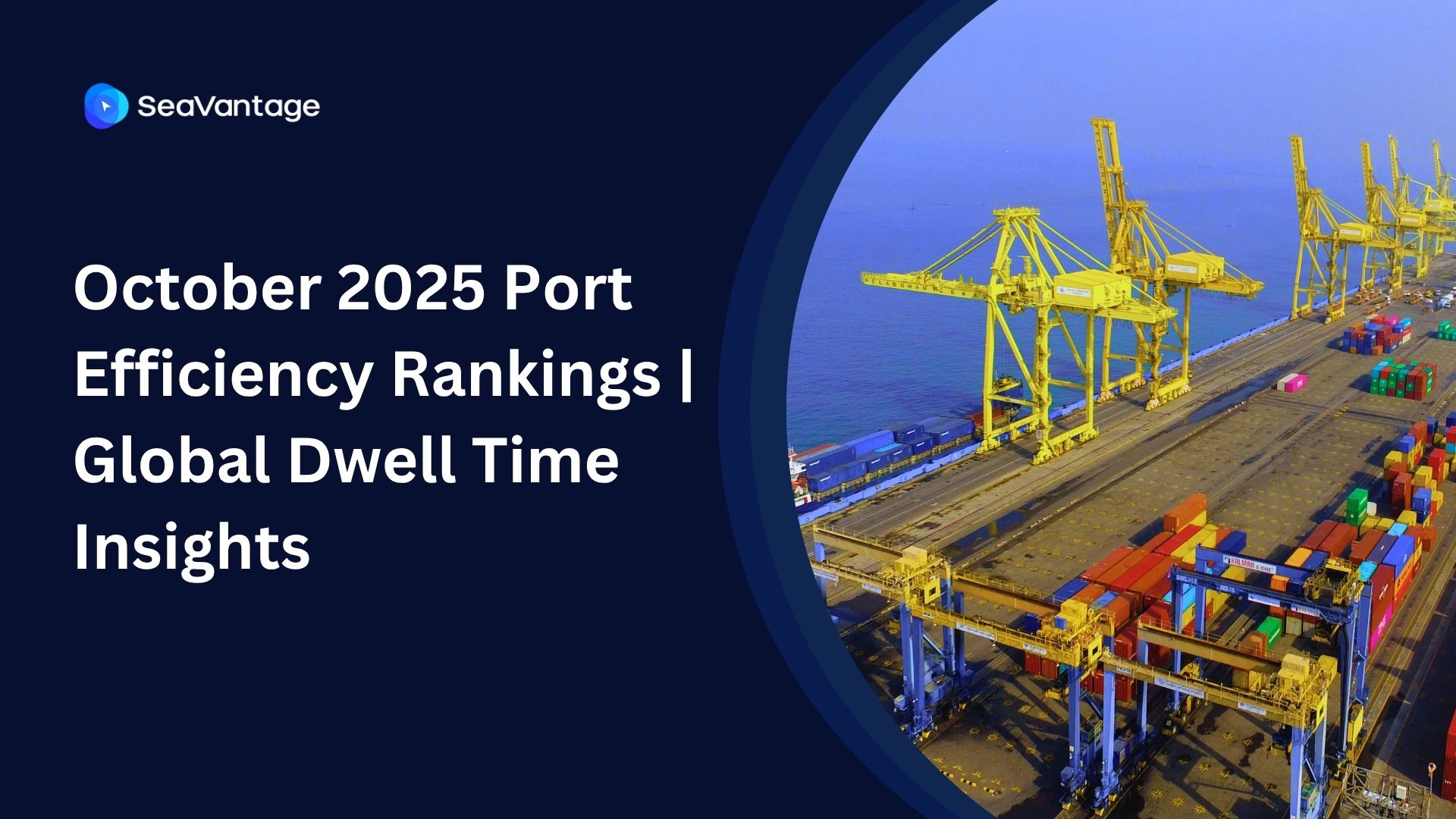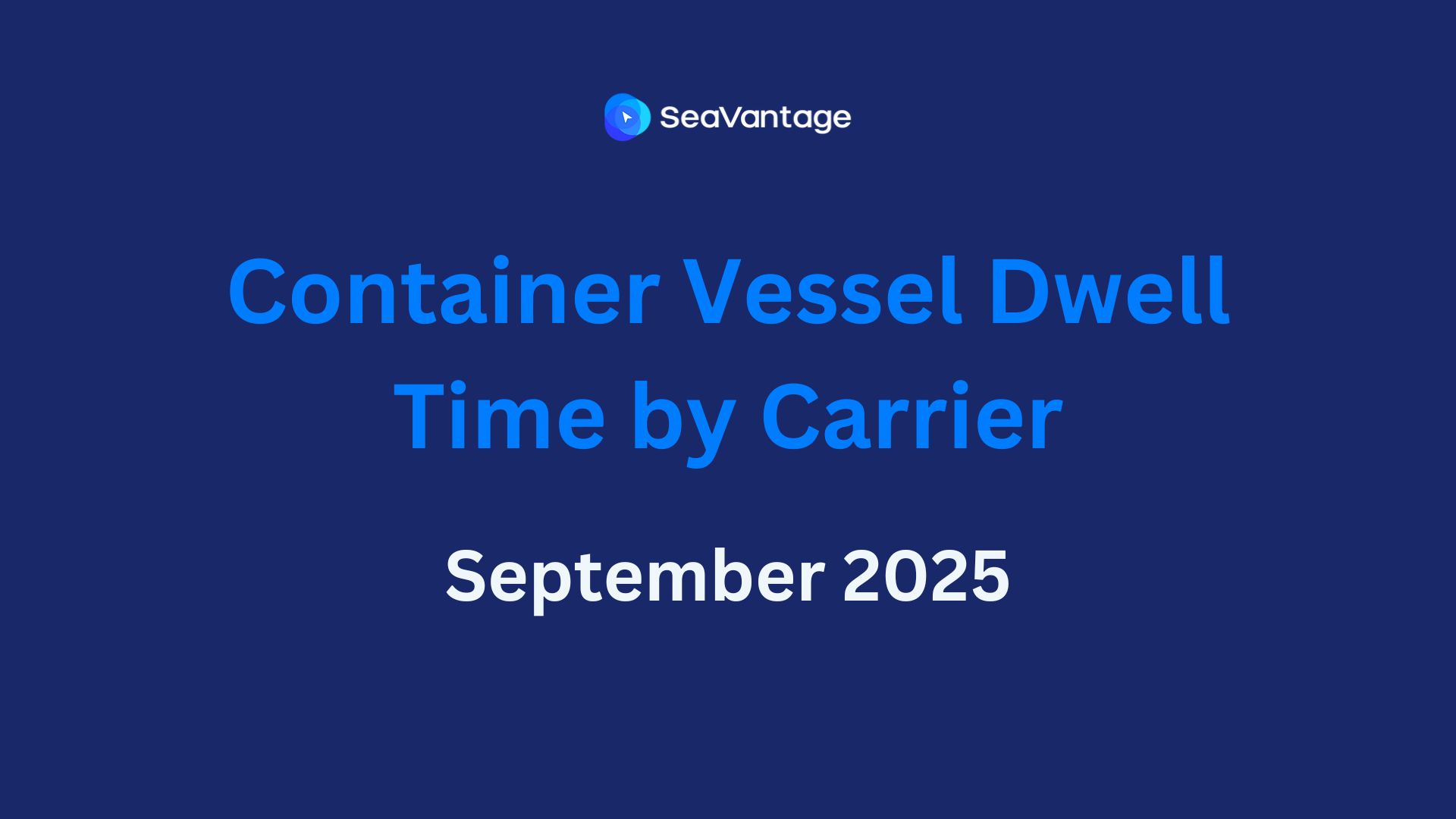MMSI vs. IMO Numbers: Key Differences in Vessel Tracking (2025)

MMSI vs. IMO Numbers: Key Differences in Vessel Tracking (2025)
Introduction
Vessel identification is crucial for maritime safety, security, and regulatory compliance. Ships worldwide use unique identification numbers to ensure smooth tracking and communication. Two of the most important identifiers are the Maritime Mobile Service Identity (MMSI) and International Maritime Organization (IMO) numbers.
But what sets them apart?
While both serve tracking purposes, their roles, structure, and applications differ significantly. Understanding these differences is essential for maritime professionals, regulatory authorities, and technology providers.
Let’s dive into the key distinctions between MMSI and IMO numbers in vessel tracking for 2025.
What is an IMO Number?
Definition and Purpose
The IMO number is a unique identifier assigned to ships for regulatory and safety purposes. Introduced by the International Maritime Organization (IMO) in 1987, it helps track a ship’s history regardless of ownership changes.
- Permanent and does not change even if the vessel is sold, renamed, or reflagged.
- Used by regulatory bodies, insurers, and port authorities for compliance and safety oversight.
- Helps in preventing fraud, illegal activities, and ensuring transparency.
Structure of IMO Numbers
An IMO number consists of:
- The prefix "IMO"
- Followed by a seven-digit unique number (e.g., IMO 1234567)
This number is assigned to:
- Cargo ships of 300 gross tons and above
- Passenger ships of 100 gross tons and above
- Fishing vessels (on a voluntary basis since 2013)
Regulatory Requirements
The IMO number became mandatory on January 1, 1996, under SOLAS regulation XI/3. It must be permanently marked on:
- The hull or superstructure (visible from outside)
- The ship’s internal structures
- The passenger deck (for aerial visibility)
The number remains unchanged for the vessel’s lifetime, ensuring traceability and accountability.
What is an MMSI Number?
Definition and Purpose
The Maritime Mobile Service Identity (MMSI) number is a unique nine-digit identifier used in maritime communication. It is assigned to:
- Ships
- Coast stations
- Automatic Identification System (AIS) transponders
Unlike IMO numbers, MMSIs can change when:
- A ship switches flag states
- The communication equipment is replaced
Structure of MMSI Numbers
An MMSI number follows a specific format:
- The first three digits (MID) represent the country of registration.
- The remaining six digits identify the vessel, station, or AIS equipment.
Example: 367123456 (where 367 indicates the U.S.)
Key Applications of MMSI
Digital Selective Calling (DSC) – Enables distress signaling and direct ship-to-ship communication.
Automatic Identification System (AIS) – Helps vessels and authorities track ships in real time.
Global Maritime Distress and Safety System (GMDSS) – Enhances safety by linking emergency communication systems.
Since MMSI numbers facilitate real-time tracking, they are vital for navigation safety, search and rescue operations, and port monitoring.
Key Differences Between IMO and MMSI Numbers
While both IMO and MMSI numbers serve vessel identification purposes, they differ in several key ways. The IMO number is a permanent, seven-digit identifier prefixed by "IMO" (e.g., IMO 1234567) and remains unchanged throughout a ship’s lifetime, even if ownership or flag state changes.
It is primarily used for regulatory compliance, safety tracking, and legal documentation, with assignments managed by the International Maritime Organization (IMO) through IHS Maritime.
In contrast, the MMSI number is a nine-digit identifier that is used for real-time maritime communication through systems like AIS, Digital Selective Calling (DSC), and the Global Maritime Distress and Safety System (GMDSS).
Unlike the IMO number, the MMSI number can change if a vessel switches flag states or updates its communication equipment. MMSI numbers are assigned by national telecommunications authorities (such as the FCC in the U.S. or Ofcom in the UK) and are stored in a ship’s radio and AIS equipment rather than being permanently marked on the vessel’s structure.
Essentially, the IMO number provides a fixed identity for regulatory and tracking purposes, while the MMSI number is dynamic and functionally tied to real-time communication and navigation systems.
In short:
- IMO numbers stay with a ship forever for regulatory purposes.
- MMSI numbers change based on communication needs and flag state.
Why Accurate Vessel Identification Matters in 2025
The maritime industry is evolving. In 2025, vessel tracking is more important than ever due to:
1. Advanced Digital Tracking Technologies
AIS and satellite-based tracking systems rely on MMSI numbers for real-time monitoring. The adoption of AI-powered maritime analytics enhances route optimization, accident prevention, and operational efficiency.
2. Increased Maritime Security Risks
With rising threats like piracy and smuggling, authorities depend on IMO numbers to trace vessel ownership and identify high-risk ships.
3. Regulatory Compliance & Environmental Impact
Stricter regulations on carbon emissions and illegal fishing require accurate vessel identification. IMO numbers help regulators track compliance history, while MMSI numbers assist in monitoring ship movements and emissions reporting.
4. Search & Rescue Operations
When distress signals are sent via DSC, an accurate MMSI number is critical for quick emergency response. Ensuring each vessel has the correct MMSI in its systems saves lives.
Frequently Asked Questions (FAQ)
1. Can a ship have both an IMO and an MMSI number?
Yes. Ships use an IMO number for regulatory tracking and an MMSI number for real-time communication and navigation.
2. What happens if an MMSI number changes?
If a vessel changes its flag state or updates communication equipment, its MMSI number may be reassigned by the relevant national authority.
3. Can an IMO number be reassigned to another ship?
No. An IMO number is permanently linked to a specific vessel for its entire lifespan.
4. Who assigns IMO and MMSI numbers?
- IMO numbers: Managed by IHS Maritime on behalf of the International Maritime Organization (IMO).
- MMSI numbers: Assigned by national telecom authorities (e.g., the FCC in the U.S.).
5. Why is MMSI important in distress situations?
MMSI numbers are used in Digital Selective Calling (DSC) and AIS to send automatic distress signals, enabling fast identification and rescue.
Conclusion
Both IMO and MMSI numbers play vital roles in vessel identification.
- If you need permanent ship records, focus on the IMO number.
- If you rely on real-time maritime communication, the MMSI number is essential.
As the shipping industry advances, accurate vessel tracking will be more crucial than ever for safety, security, and efficiency.
2025년 9월, 주요 글로벌 항만에서 어떤 운송사가 가장 긴 선박 체류 시간을 기록했는지 확인해보세요. 트렌드를 비교하고, 지연을 파악하며, 전체 항만 데이터를 통해 운송 전략을 최적화할 수 있습니다.
2025년 8월, 주요 글로벌 항만에서 어떤 운송사가 가장 긴 선박 체류 시간을 기록했는지 확인해보세요. 트렌드를 비교하고, 지연을 파악하며, 전체 항만 데이터를 통해 운송 전략을 최적화할 수 있습니다.
2025년 7월, 주요 글로벌 항만에서 어떤 운송사가 가장 긴 선박 체류 시간을 기록했는지 확인해보세요. 트렌드를 비교하고, 지연을 파악하며, 전체 항만 데이터를 통해 운송 전략을 최적화할 수 있습니다.
Explore October 2025 global port dwell time data. See which ports and carriers led in efficiency across Antwerp, Busan, Long Beach, Rotterdam, and Singapore.
See which carriers experienced the longest vessel dwell times at major ports in October 2025. Uncover congestion trends and leverage detailed port data to optimize your shipping operations.
Discover which carriers recorded the longest vessel dwell times at major global ports in September 2025. Track changes, identify congestion trends, and access comprehensive port-level data to enhance your shipping decisions.



.svg)







.png)